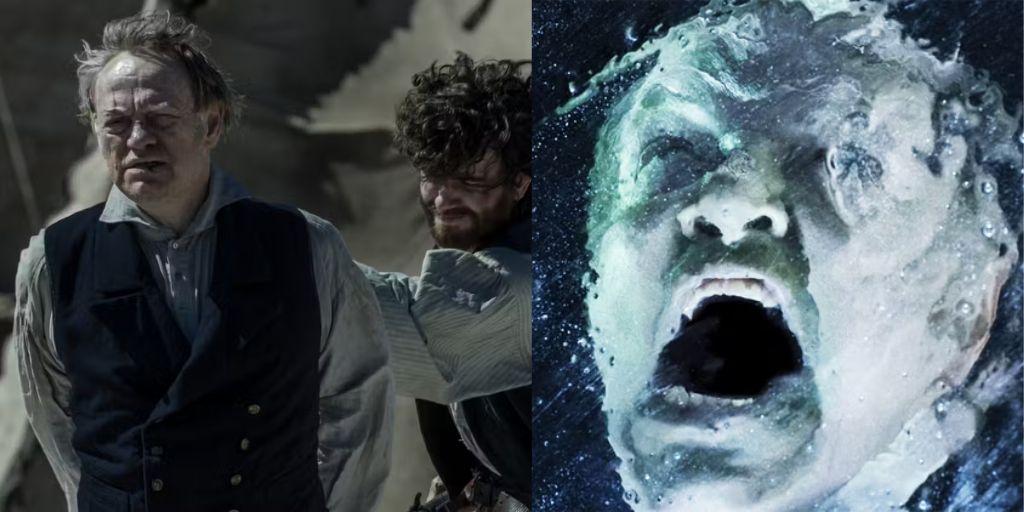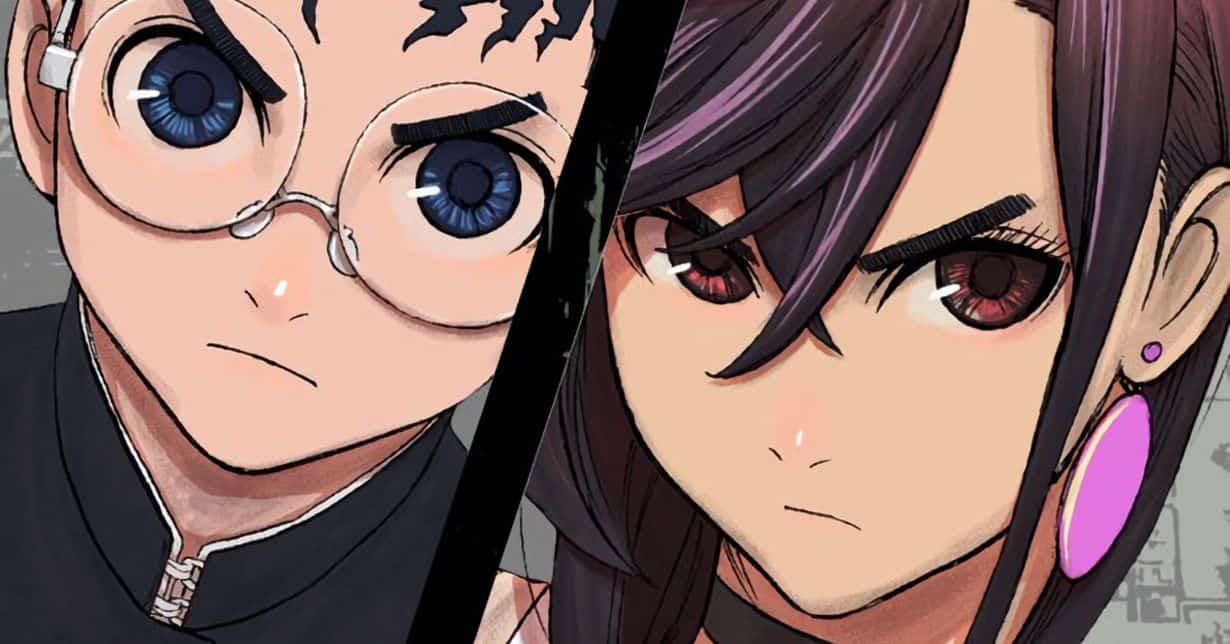AMC’s The Terror masterfully maintains tension, despair, and fear throughout its episodes, leaving viewers gripping their seats. The show merges historical events with elements of horror to create a chilling narrative.
It’s based on the real-life story of Captain Sir John Franklin’s (Ciarán Hinds) doomed expedition to find the Northwest Passage, combining factual details with supernatural horror to create an unforgettable experience.
The fate of the crew, along with the monstrous Tuunbaq that stalks them, creates an atmosphere filled with suspense and horror, leading to a finale that leaves a haunting, emotional impact on the viewers.
The series begins with a hopeful tone as the captains and crew members of the HMS Erebus and HMS Terror start their journey full of ambition and confidence. However, their mission slowly turns into a nightmare as they are trapped in the ice for years. Supplies dwindle, and they face increasingly dangerous challenges.
The expedition’s leaders, Captain Francis Crozier (Jared Harris) and Captain John Franklin, initially try to maintain order and morale, but the freezing conditions and isolation take their toll. As hope fades, the crew is forced to make difficult decisions that reveal the dark depths of human nature.
A Doomed Expedition Leads to Tragedy
At the heart of the series is the expedition’s struggle for survival, made even worse by a lurking supernatural entity, the Tuunbaq, a monstrous creature that hunts the men. However, it’s not just the creature that threatens their lives; starvation, madness, and mutiny also push the crew to the brink.
The men become increasingly desperate, with some resorting to cannibalism to survive. Throughout the series, the men battle both internal and external demons, leading to a dramatic and gruesome end.
In the later episodes, the situation worsens. The men are split into two groups after a mutiny, with Hickey (Adam Nagaitis), a cunning and manipulative member of the crew, leading a faction of the men away from Captain Crozier.
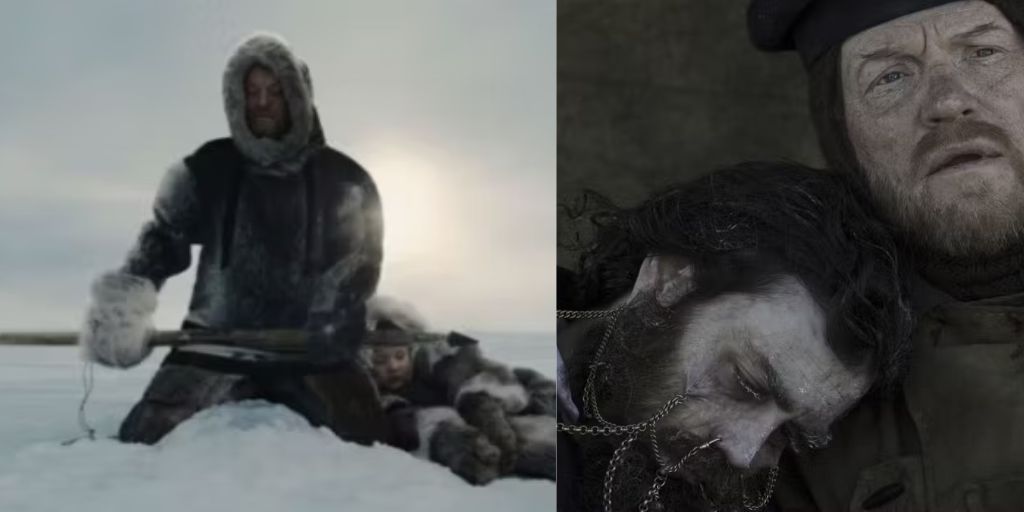
As the show nears its climax, Crozier is captured by Hickey, who has completely lost his sanity. Hickey’s grip on his group is ironclad, and his intentions become more sinister with every passing moment.
Crozier and his remaining loyal followers find themselves in increasingly dire circumstances as they try to outwit both the monstrous Tuunbaq and the increasingly dangerous Hickey.
Henry Goodsir’s Sacrifice in the Final Episode
In one of the most disturbing moments of the show, Henry Goodsir (Paul Ready), a gentle and morally upright doctor, makes a horrifying sacrifice. Hickey’s group, having already run out of food, has turned to cannibalism, but their situation is made even worse by the poisoned tinned food they had been consuming, which causes lead poisoning.
Goodsir is forced to cut up the bodies of the dead for his group to eat. This task is forced upon him by Hickey, not only because Goodsir knows anatomy but also as a form of psychological torture.
However, Goodsir eventually decides to take action against Hickey in a grim and chilling way. Too weak and broken to physically fight back, Goodsir instead lathers poison on his skin and consumes a bottle of poison before slitting his wrists.
He plans to poison Hickey and the others when they inevitably consume his body. Goodsir sacrifices himself in a disturbing yet poignant way, turning his body into a weapon against the cannibals. It’s a gut-wrenching moment as we witness Goodsir’s slow death, knowing that his self-sacrifice is a final attempt to protect Crozier and his remaining friends.
The next day, Hickey forces Crozier and others to eat Goodsir’s body, but before he died, Goodsir warned Crozier to only eat the soles of his feet, as the poison would not have reached there. Crozier, trying to survive without falling victim to Hickey’s schemes, follows Goodsir’s advice.
Though Hickey’s group consumes the poisoned flesh, weakening them further, Goodsir’s act does not result in an immediate victory. However, it is a deeply symbolic moment of defiance and a reflection of the tragic lengths people will go to in such extreme situations.
Hickey’s Madness and His Dark Plan
As the group struggles with starvation and madness, Hickey’s ultimate plan begins to reveal. Throughout the series, Hickey is portrayed as cunning and ruthless, willing to do anything to survive. However, in the finale, we finally understand the full extent of his madness.
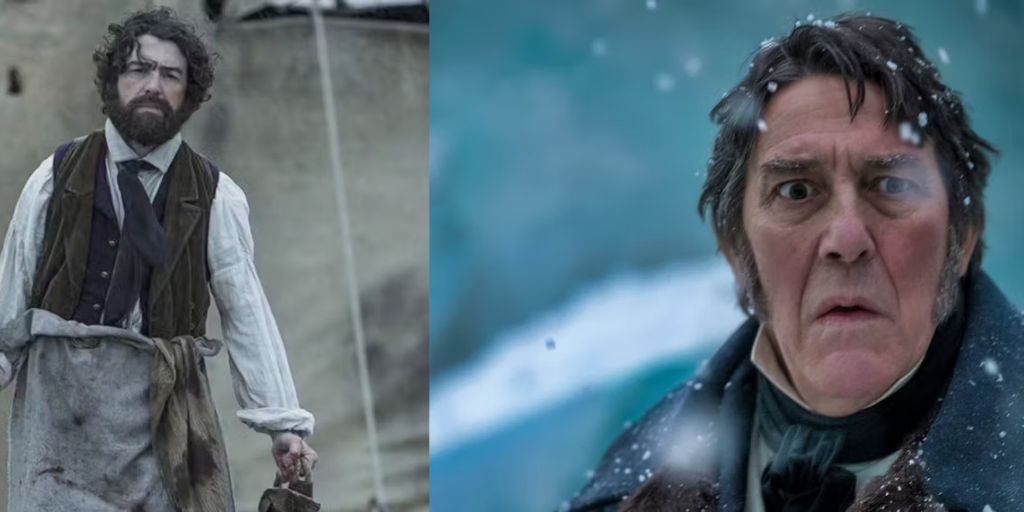
It is revealed that Hickey is not who he claims to be. He had killed the real Cornelius Hickey and taken his place on the expedition. This revelation deepens the sense of dread as we realize just how manipulative and dangerous Hickey is.
Hickey’s final plan involves trying to control the Tuunbaq, the monster that has been hunting the men throughout the series. Earlier in the show, Hickey witnessed a ritual performed by Lady Silence (Nive Nielsen), in which she communicated with the Tuunbaq.
Hickey, driven by greed and ambition, believes he can perform the same ritual and control the beast. He attempts to offer his tongue to the Tuunbaq in a desperate bid for power.
However, the plan backfires horrifically, as the Tuunbaq attacks and kills Hickey by biting off his arm. Hickey’s hubris and madness lead to his gruesome demise, a fitting end for a character consumed by his own selfish desires.
While Hickey meets his end, Crozier remains chained to the other men, desperately trying to avoid the Tuunbaq’s wrath. As the last man standing, Crozier becomes the Tuunbaq’s final target. In a desperate move, Crozier pulls on the rusty chain connecting him to a dead man.
The chain causes the Tuunbaq to choke and eventually die. The monster, weakened from consuming the lead-poisoned bodies of the men, finally succumbs to death, symbolizing the ultimate failure of the expedition and the devastation wrought by the invaders on this land.
The Tragedy of “Starvation Cove”
With the Tuunbaq defeated, Crozier is freed by Lady Silence, who cuts off his hand to release him from his chains. Once he regains some of his strength, Crozier sets out to find what’s left of his crew. This part of the story is referred to as “Starvation Cove” by the show’s creators.
As Crozier follows the path left by his men, he uncovers the grim fates of those who remained behind. He discovers evidence of cannibalism, with butchered bodies and bones left at the campsites, indicating that the crew resorted to horrific measures to survive.
One of the most chilling discoveries Crozier makes is a crew member with chains pierced into his face. This detail is taken from real-life accounts of the doomed Franklin expedition, adding to the eerie atmosphere of the show. These moments reflect the depths of despair the men faced, as they were pushed to the brink of their humanity in the harsh conditions of the Arctic.
As Crozier processes the dark reality of his crew’s fate, Lady Silence watches him, her expression conveying a powerful message. Her silent observation seems to ask, “And you thought we were the savages?” This moment serves as a critique of Western imperialism, as the men’s suffering is a direct result of their invasion of the land.
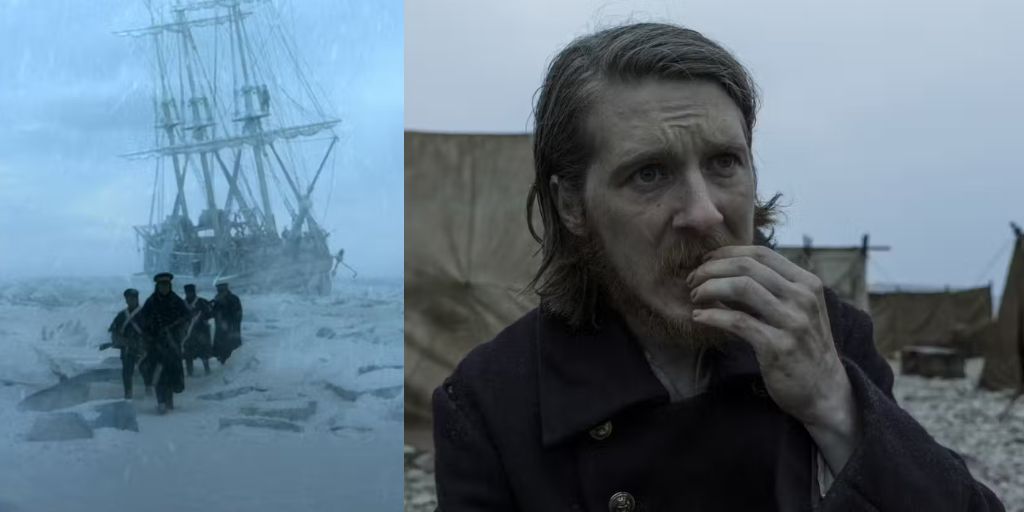
Their attempts to conquer the Arctic and claim ownership over the land led to their downfall, while the native people, like Lady Silence, have a deeper understanding of the land and its dangers.
The Final Scene of ‘The Terror’ Season 1
After spending the night in Lady Silence’s camp, Crozier wakes up to find she has left. The villagers tell him, “That is the way.” This signifies that Lady Silence, now known as Silna, had to leave because the Tuunbaq died under her care. She must take responsibility for its death, in keeping with the traditions of her people.
In the novel by Dan Simmons, which the show is based on, Crozier and Silna leave together and eventually become romantic partners. However, the show takes a different approach, allowing Silna’s story to end independently, while Crozier chooses to stay behind.
In the final scene, we see Crozier dressed in traditional Inuit clothing, kneeling by a sealing hole with a young boy beside him. As the camera zooms out, we see Crozier as a small figure in the vast white snow, a symbol of his new life.
He has chosen to remain with the Inuit people rather than return to the civilization he once knew. This decision reflects Crozier’s internal transformation.
He has been changed by his experiences and can no longer return to his old life. By staying with the Inuit community, Crozier takes responsibility for the harm caused by the expedition, offering a form of repentance for his crew’s actions.
The final scene is haunting yet peaceful, a fitting end to a series filled with tragedy and horror. Crozier’s choice to live out his days with the Inuit people, rather than return to London, offers a sense of closure.
It also symbolizes the ultimate failure of the expedition, as the men’s quest to conquer the Arctic and claim its resources ended in disaster. Yet, amid the horror, there is a sense of redemption in Crozier’s decision to integrate into the Inuit community, where he may find a kind of peace after the horrors he witnessed.
AMC’s The Terror delivers a chilling, thought-provoking finale that leaves a lasting impact on viewers. The show blends historical facts with elements of supernatural horror to create a haunting narrative that shows the depths of human nature.
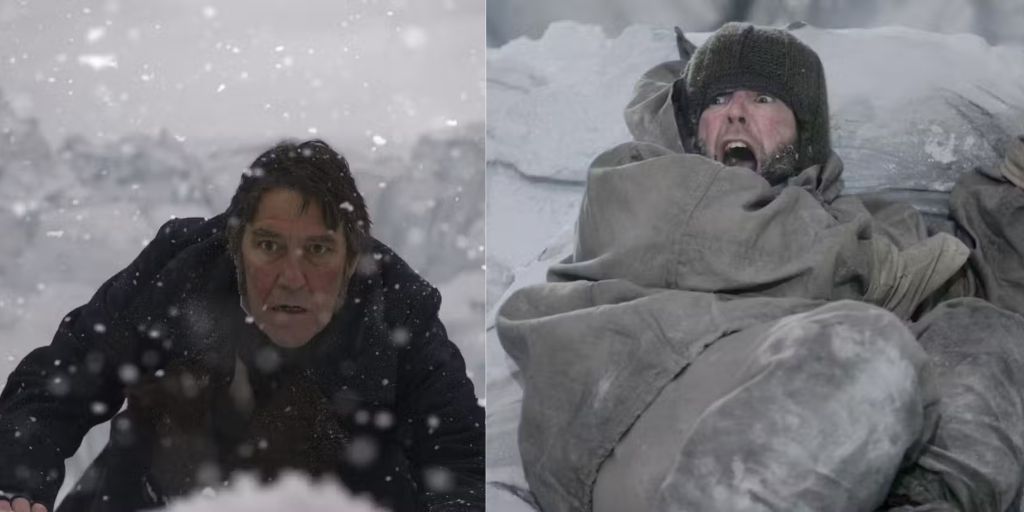
The final episode, filled with tragedy, sacrifice, and a sense of eerie peace, serves as a powerful conclusion to a story of survival against all odds. It’s a gripping tale that will stay with viewers long after the credits roll.
The Terror Season 1 is available to stream on Netflix in the U.S.


